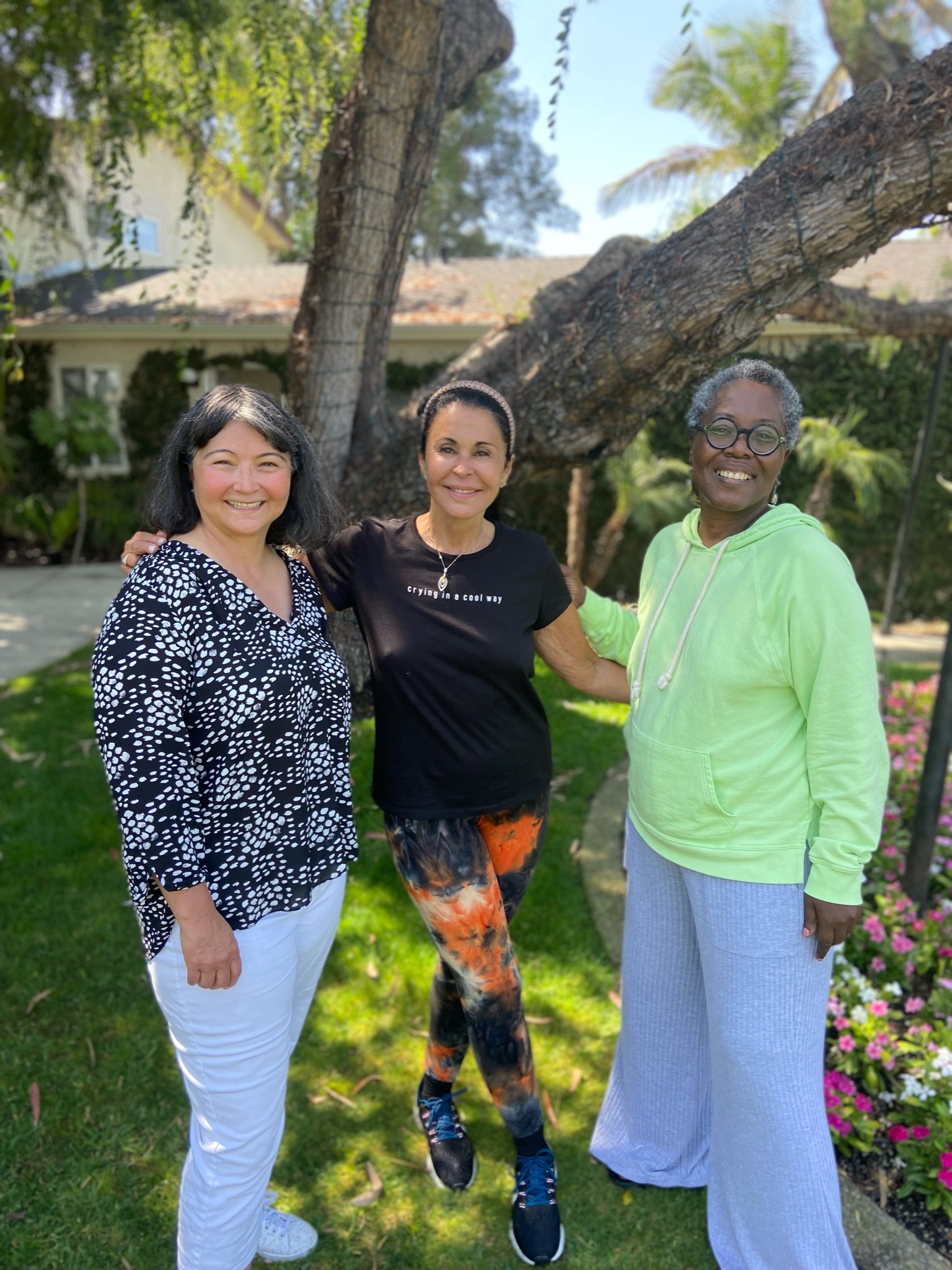3 min read
How To Improve Family Communication
By: OHI on Oct 28, 2021 12:00:00 AM

Everyone wants their families to feel bonded. While every family is different, there is a single commonality every happy family relies on…
Open communication.
While it seems obvious, the reality is that productive open communication is anything but easy. It takes commitment and practice from every member of the family, but the results speak for themselves. Let’s take a deep dive into communication best practices for a happy family.
Strong families have open lines of communication
“Open lines of communication” boils down to the idea that all family members feel heard and respected. So while every member gets an ample opportunity to speak, conversely, it also means that every member needs to actively LISTEN to that person speak. Until we truly hear each other, we cannot build strong relationships.
First, practice ACTIVE listening:
Give the person your full attention: Turn off the TV, set aside your phone, and put down what you are doing.
Focus on what the person is telling you rather than thinking about your reaction or response to what is being said. (There will be time for that.)
Listen for how the other person is feeling and relay back what you think they are saying and how they are feeling: “I hear you saying that you don’t like your sister. You look pretty mad. Did something happen?”
Resist giving advice or your reaction until you are certain that you have fully understood what the person is saying to you.
Second, use “I” messages rather than “You” messages when talking:
“I” messages require us to be clear about our own thoughts and feelings. This technique increases the chance that our message will be heard and decreases the chance that a fight will begin. “I don’t like all this fighting. It upsets me to see the two of you not getting along.” is more productive than “What’s wrong with the two of you? You’re making e crazy! Can’t you ever get along?”
Teach everyone in your family to speak with “I” messages as much as possible. For example: “I feel (upset) when I see you (playing video games before you finish your homework).” “You” messages should be discouraged because they often lead to bad feelings and increased fighting. “You” messages seldom resolve the problem.
Third, encourage all family members to share their thoughts and feelings:
Productive communication within a family allows all family members — no matter how young — to share their thoughts and feelings. While you may disagree with another person’s thoughts, their feelings are valid and everyone should be respectful of the thoughts and feelings that are shared.
In productive communication, family members are held accountable to express themselves with “I” messages. When people feel heard and respected, they feel validated and come to trust those they are sharing with. Sharing private thoughts and feelings can leave a person feeling very exposed and vulnerable, so it’s imperative that they completely trust those they are sharing with. When family members feel heard and validated, they are more likely to allow others to express themselves freely and be more open to solving problems cooperatively. Working together to resolve simmering issues is the goal of productive communication.
OHI gets guests talking via their COMMUNICATION class2017
Productive communication is a skill that needs to be learned and practiced. OHI’s Communication class starts by defining the difference between the three different communication styles:
- 1. Aggressive Style. A person who communicates with this style is demanding, openly or subtly angry, insensitive to others’ needs, puts others down, is judgmental, and sees others as inferior.
- 2. Submissive Style. A person who communicates with this style does not express their own needs, thoughts, or feelings, harbors resentment towards self and others, has poor boundaries, turns anger inward, and sees others as superior.
- 3. Assertive Style. A person who communicates with this style understands their own needs, expresses needs/wants/desires clearly, respects others’ needs/wants/desires, accepts responsibility, meets own needs, and sees others as equal.
In this class, guests practice reflective listening by giving feedback on what they are hearing said in a conversation, and giving the speaker room to clarify. They learn to use silence to gently nudge the speaker to think and reflect on their own words, and then comfortably proceed at their own pace. Guests also learn to avoid giving advice. Basically, advice is a backward form of criticism, and sends the message, “You don’t know how to handle your life, but I do.” To avoid giving advice, check your use of the word “should”. It usually precedes advice, as in “You should do…”.
Overall, the more you practice productive communication with your family, the stronger the bond will grow. Just try to listen more than you speak, and when you do speak, do so with clarity and kindness. Productive communication is the true foundation for generational happiness.
At OHI, we believe the benefits of healthy communication. Our caring staff members are eager to give you all the unconditional support, inspiration, and transformational tools you need to bring your body, mind, and spirit into healthy balance in a serene, peaceful setting. Visit our website at www.optimumhealth.org, and call us at (800) 588-0809 to make your reservation.


